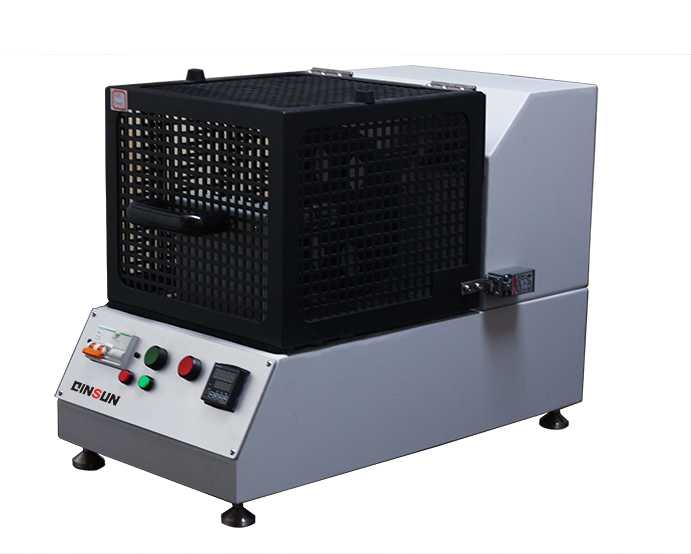What are the most common testing methods for fabric permeability?
There are several testing methods for fabric permeability, but the most common ones include:
1. Air permeability test: This method measures the ease with which air can flow through a fabric. The test involves placing the fabric sample between two circular plates, one of which has an opening in the center. A constant air pressure is applied to one side of the fabric, and the air flow rate through the fabric is measured on the other side. The air flow rate is used to calculate the air permeability of the fabric.

2. Water permeability test: This method measures the ease with which water can flow through a fabric. The test involves placing the fabric sample over a water source and applying a constant water pressure to the top of the fabric. The amount of water that passes through the fabric is measured over a specific time period, and the water permeability of the fabric is calculated based on the amount of water that passed through.
3. Hydrostatic pressure test: This method measures the resistance of a fabric to the penetration of water under hydrostatic pressure. The test involves placing the fabric sample under a column of water and measuring the water pressure at which the fabric begins to leak. The hydrostatic pressure resistance of the fabric is calculated based on the water pressure at which leakage occurs.
4. Gore sorption test: This method measures the amount of water vapor that can pass through a fabric. The test involves placing the fabric sample in a chamber with controlled temperature and humidity, and measuring the amount of water vapor that passes through the fabric over a specific time period. The results are used to calculate the water vapor permeability of the fabric.
These testing methods are commonly used in various industries such as textiles, outdoor apparel, medical textiles, and filtration applications to evaluate the performance of fabrics. The choice of testing method will depend on the specific application and the performance requirements of the fabric.

